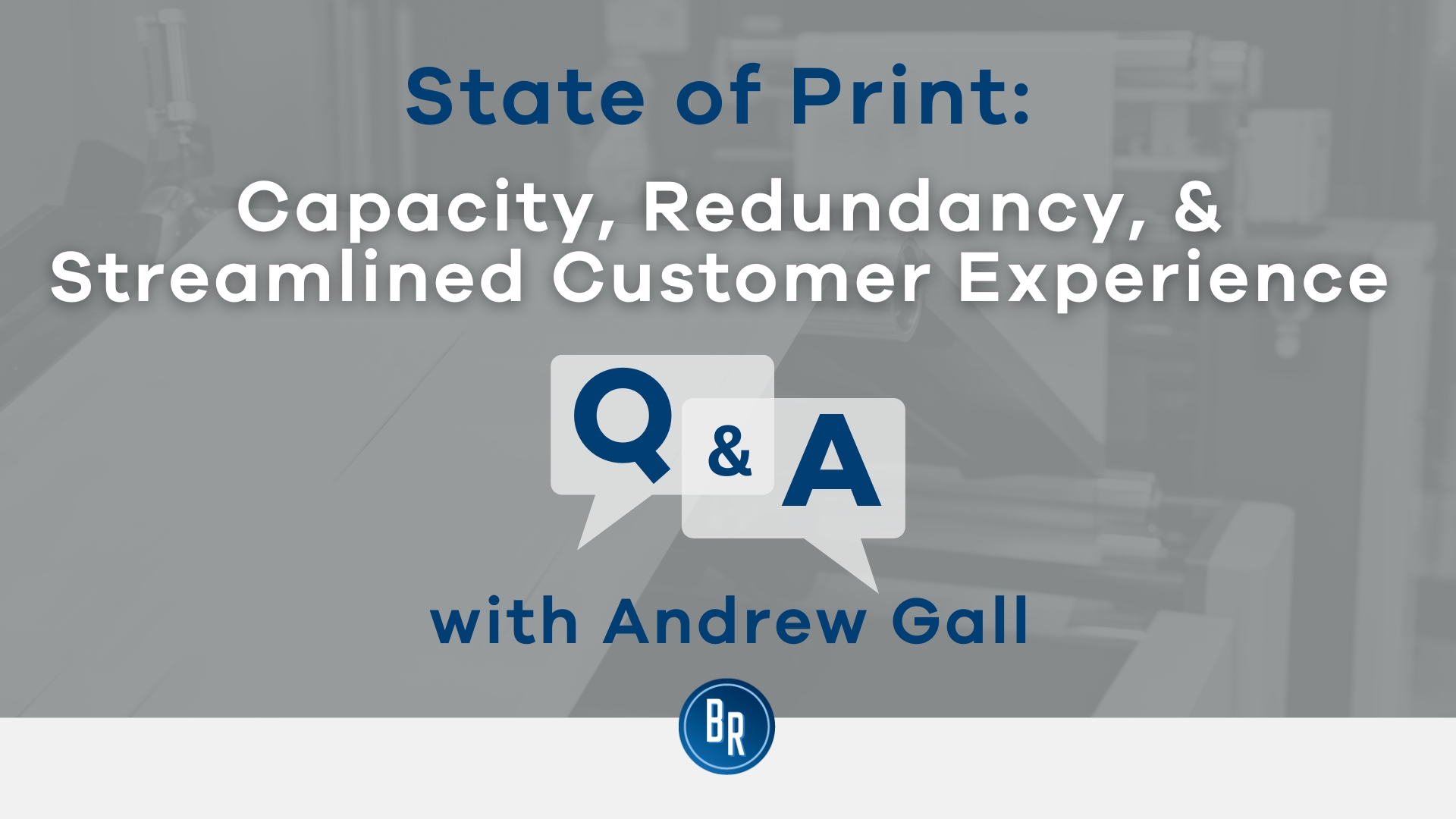Exactly How to Deal With Redundancy Pay If Company Goes Bust: Key Information for UK Workers
Exactly How to Deal With Redundancy Pay If Company Goes Bust: Key Information for UK Workers
Blog Article
Exploring the Interaction In Between Firm Redundancy and Business Flexibility for Future Development
In the vibrant landscape these days's business world, the detailed partnership in between firm redundancy and business versatility becomes a vital aspect for sustained growth and success. Companies often encounter the obstacle of striking a delicate balance between keeping a level of redundancy to mitigate threats and promoting adaptability to react quickly to the ever-evolving market demands. This delicate interplay holds the vital to not just surviving in stormy times yet likewise flourishing despite unpredictability. As we check out the complex dimensions of this interaction, intriguing understandings into just how organizations browse these intricacies to lead the way for future development await.
Importance of Company Redundancy
Company redundancy is a vital component that boosts organizational resilience and alleviates functional threats. By incorporating redundancy steps within the business structure, firms can better endure unforeseen interruptions and variations in the company atmosphere. Redundancy serves as a calculated buffer, allowing business to adjust and react successfully to unexpected difficulties without compromising crucial procedures.
One trick facet of the relevance of business redundancy is its function in guaranteeing continuity during times of situation. When confronted with abrupt modifications or emergencies, redundant systems, sources, or employees can tip in to keep vital features and protect against prevalent interruptions. This continuity not only safeguards the company's reputation and customer trust fund however likewise reduces financial losses and functional downtime.

Strategies for Organizational Flexibility

Another crucial approach is spending in modern technology and infrastructure that can support adaptability and scalability. Executing electronic tools, automation, and data analytics can enhance procedures, boost efficiency, and offer useful understandings for notified decision-making. In addition, creating versatile business structures that allow for fast adjustments to market characteristics and customer needs is important for staying competitive in a rapidly evolving setting. By proactively determining possible disturbances and opportunities, companies can proactively adjust and thrive in an ever-changing organization landscape.
Harmonizing Redundancy and Adaptability
Achieving a harmonious stability in between operational redundancy and organizational versatility is vital in browsing the intricacies of a vibrant company atmosphere. Striking the appropriate balance in between redundancy and versatility is a fragile process that needs a deep understanding of the company's goals, market characteristics, and threat tolerance.
To accomplish this balance, business need to perform regular analyses of their procedures to determine areas where redundancy is necessary for risk mitigation and where flexibility can drive innovation and growth. Executing adaptable frameworks, fostering a culture of continuous discovering and renovation, and motivating open communication across all degrees of the company are key methods to balance redundancy and adaptability effectively. By lining up these 2 important aspects, firms can place themselves for sustainable growth and success in an ever-changing business landscape.
Situation Research Studies on Adaptation Success
In examining instances of effective organizational adjustment, it ends up being apparent that the interaction in between operational redundancy and adaptability is a defining consider shaping resistant organizations. One compelling study is that of Netflix. At first a DVD rental service, Netflix showed remarkable adaptability by transitioning right into a streaming platform when digitalization interrupted the sector. By strategically purchasing technology and material creation, Netflix not only survived yet grew in a quickly progressing market. Another standout example is Amazon. Starting as an on-line bookstore, Amazon continuously look at this site adapted its business model, broadening into varied markets such as cloud computing and expert system. This versatility permitted Amazon to remain in advance of competitors and satisfy transforming consumer needs. Finally, Adobe gives a noteworthy image of successful adaptation. The firm moved from marketing software program licenses to a subscription-based design, making certain recurring revenue streams and improved client interaction. These study underscore the value of functional redundancy combined with business versatility in cultivating long-lasting growth and competition.
Building Strength for Future Development
Structure strength for future growth needs a strategic placement of functional procedures with market characteristics and arising trends. Companies must adjust to changing settings by promoting a culture of flexibility, technology, and constant renovation.
In addition, promoting strong connections with stakeholders, such as customers, staff members, suppliers, and the area, is necessary for maintaining and weathering uncertainties trust fund and support throughout unstable times. Effective communication and transparency play a vital role in building durability, as they aid align assumptions and help with cooperation in browsing uncertainties.
Moreover, organizations need to prioritize learning and advancement useful reference efforts to upskill employees and equip them with the needed tools to adapt to transforming circumstances. By buying their labor force, business can enhance their versatility and agility, inevitably reinforcing their durability for lasting future development.
Conclusion

In the vibrant landscape of today's organization world, the complex connection between firm redundancy and business versatility emerges as a crucial variable for sustained development and success. Firms commonly face the difficulty of striking a delicate equilibrium between maintaining a level of redundancy to mitigate dangers and cultivating flexibility to react quickly to the ever-evolving market demands.To achieve this equilibrium, companies require to carry out regular analyses of their operations to recognize locations where redundancy is required for risk reduction and where flexibility can drive innovation and development.In conclusion, the interplay in between firm redundancy and business adaptability is crucial for future growth. Building durability via a combination of redundancy and flexibility will ensure that business are prepared for the challenges of the future.
Report this page